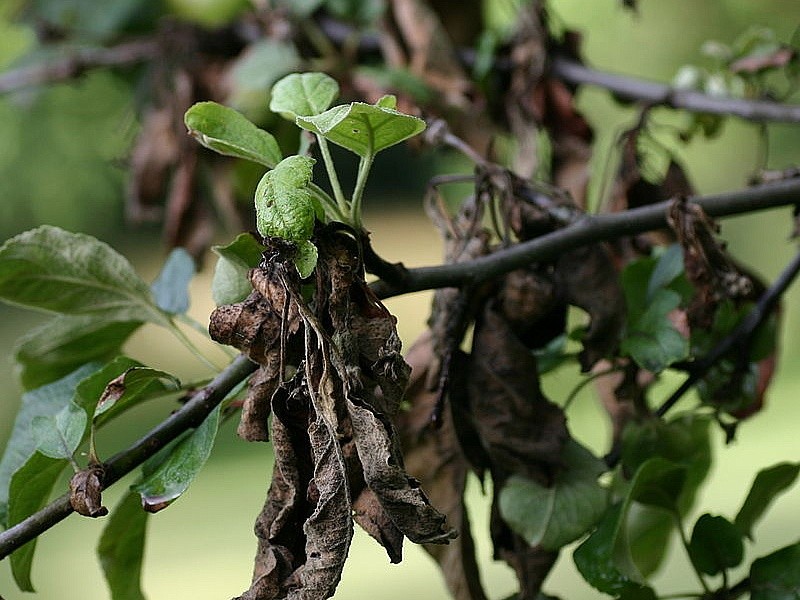
Being one of the favorite fruit trees of summer residents, the pear tree is often affected by insects and pests. The consequences of these negative factors are manifested in the blackening and curling of the foliage.
There may be several reasons for this trouble. Before starting treatment, plants should seriously approach the problem by examining the symptoms and the source of its occurrence.
Content
Causes
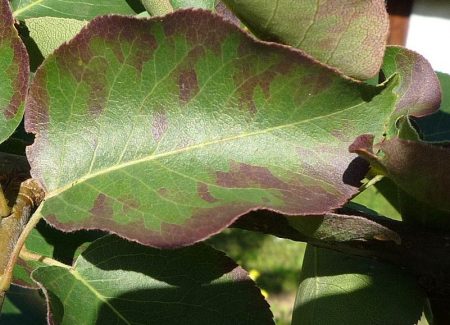
Inexperienced summer residents, seeing blackened, dried leaves, immediately begin to spray the trees with chemical agents. However, before starting pear processing, the exact factor of the outbreak of the disease should be clarified.
Bacteriosis
Dangerous infectious disease of pome fruit trees. In just one to two years, this disease can destroy all fruit plantings. The infection flares up suddenly, moving from one tree to another in one to two weeks, turning the garden into a terrible state. The virus is most active at elevated temperatures and prolonged rains. Under favorable conditions for the disease, the first stage of infection covers peduncles. Under the influence of harmful microorganisms, flower stems fade and crumble. Managed to set pears acquire a brownish-gray hue, wither and hang shriveled until the very end of the season.
The virus spreading agent is a genus of Erwinia bacteria from the family of enterobacteria, which are gram-negative motile bacilli. Phytopathogens spread along the tissues of the affected plant along with milky juice, and the affected areas, as bacteria grow, secrete yellow-white mucus, in which millions of erwinia rods live and multiply. The main causes of the spread of germs are:
- parasite insects;
- birds;
- contaminated garden tools;
- high humidity;
- an excess of nitrogen-containing fertilizers in the soil.
Symptoms
The main signs by which you can recognize the beginning of tree infection are:
- withering and falling of flower petals;
- change in the color of the peduncle from saturated green to pale light green;
- darkening and loss of kidney growth functions;
- blackening of foliage and young branches;
- staining of the bark in gray-brown color, the formation of dead areas on it;
- bloating, cracking of the bark and the formation of bizarre patterns on it;
- the appearance on the branches of wedge-shaped abrasions extending to the trunk.
In case of severe damage to the tree by bacteriosis, the plant should be uprooted and burned in order to protect the remaining trees in the garden from infection.
Scab
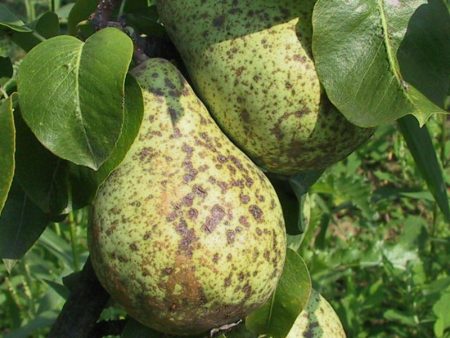
Pathogenic marsupial fungus, which activates at high humidity, affects peduncles, leaves, young branches and fruits. In early spring, the pathogen begins to attack young branches, spreading in two to three weeks to other parts of the tree. With the advanced stage, it affects a significant part of the crop, weakening the immunity of the fruit stands. Pathogenic spores attack all varieties of pears indiscriminately. However, most of all the mushroom loves to breed in dense gardens: both on old and young trees. The disease affects seedlings growing in any region. Mushroom develops due to:
- low night temperatures and high humidity in early spring;
- disease resistance varieties.
Symptoms
The causes of infection with a pathogenic fungus are indicated by:
- the appearance on the foliage of black spots with a moldy coating;
- staining of leaves in black, the destruction of their tissues and falling;
- defeat of branches with a dark brown crust;
- the presence of black convex spots on the fruits.
Aspergillus
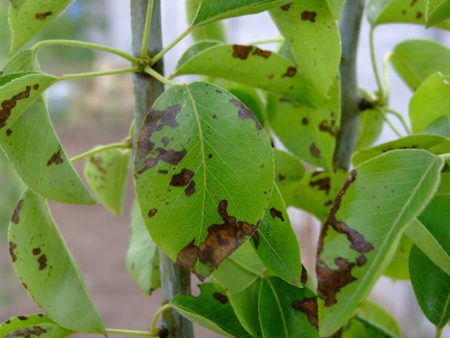
A common disease affecting diseased or immunocompromised trees. The accumulation of black spores on pear leads to disruption of plant photosynthesis. A black coating that appears as a result of a pathogen lesion on the foliage clogs the stomata, limiting the supply of ultraviolet radiation. Over time, spores spread throughout the plant, leading to necrosis of individual parts of the tree. Fruits affected by the disease lose their presentation and taste.
Factors causing the development of aspergillus spores are:
- thickened planting of seedlings;
- poor air exchange;
- not carried out on time sanitary trimming of the crown.
Symptoms
Signs will help to understand that plants are infected with spores of a sooty fungal pathogen:
- the appearance of black spots on foliage and young branches;
- the transformation of spots on branches, leaves and fruits into a continuous black hymen, similar to soot;
- stunting of shoots.
A good method to neutralize soot fungus spores is to spray trees with liquor. To do this, dilute 3 tablespoons of the substance in 5 l of water, conduct daily spraying on the foliage.
Four-legged Pear Mite
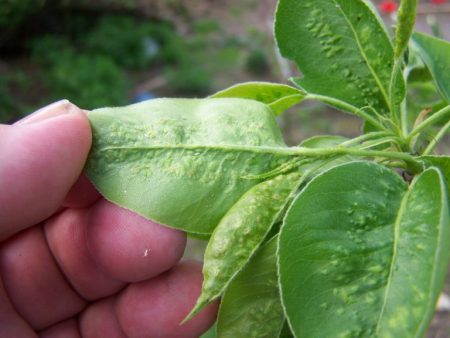
In early spring. As soon as the air temperature warms up to +16 degrees, the insect pest begins an attack on pear leaves. Brown-black swollen neoplasms begin to appear on them, on which the gall mite lives and multiplies. Propagating very quickly in dry weather, real gall tumors form on the foliage, which suck out milky juice from it. In this case, the plant stops the normal work of photosynthesis, becomes weakened. Foliage blackens, curls and falls.
The sources of the spread of the parasite are:
- birds;
- animals;
- wind;
- insects
- purchased infected seedling.
Symptoms
Foliage areas affected by the pest differ in signs:
- the appearance in mid-spring of light green pimples above the leaf plate;
- acquisition of bulges brown-black;
- blackening and falling of leaves.
Spotted Tinker
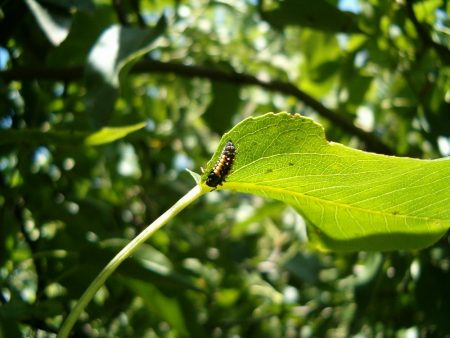
After the winter leaves, on the lignified shoots of the fruit of the tree, the larva begins to lay larvae. In the process of its life, the parasite secretes a sticky fluid on the foliage and branches in which pathogenic fungi settle. Saprophytes, in turn, lead to phytoplasmic pathogenic death of the tree. The insect causes great harm to the garden, eating young shoots and foliage of a pear. As a result of this, the leaves turn black and die.
The cause of the pest is not the conduct of preventive spraying in early spring and late fall with insecticides.
Symptoms
Signs of an attack on the fruit trees of the sika copepod are:
- covering leaves and young branches with a sticky substance;
- blackening and falling of foliage and flowers.
Aphid
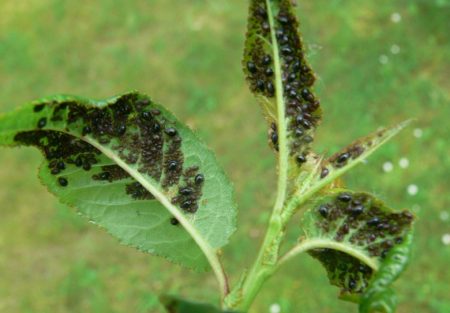
The inconspicuous insect encountered by many gardeners is found in every region, and the period of its attacks lasts from the very beginning of the season until the onset of frost. As a result of its wrecking activity, the tree’s life cycle is disrupted: it ceases to grow, loses its ovary, and leaf tissue blackens and deforms. In addition, pest waste becomes a favorable place for the development and vital activity of pathogenic spores.
In addition to sucking out milky juice from the foliage, the pest secretes a specific toxin, which negatively affects the health of the fruit tree. As a result of the defeat of aphids, the buds of the tree fall off, the leaves become covered with a black sticky coating and fall off, but the fruits do not form.
The reason for the appearance of a pest on the trees is the untimely preventive treatment of the garden with chemical preparations.
A good way to neutralize aphids is to spray it from the hose with cold water. The jet will knock down the pest, preventing it from returning to the foliage.
Treatment
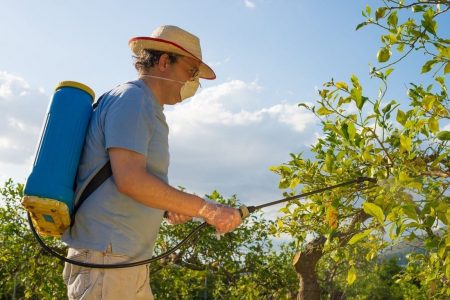
When the garden is infected with infectious diseases, they are sprayed with a solution of antibiotics:
- Ofloxacin;
- Cephalosporin;
- Phytolavine;
- Ampicillin
- Tetracycline.
Antibacterial agents that have a spectrum of antimicrobial effects are used to treat pear trees with bacteriosis and aspergillus. A bactericide, penetrating the tissues of plants, kills gram-negative bacteria. To prepare the working solution, you must:
- dilute 3 crushed tablets of any antibiotic in 9 l of water, insist 20 hours.
- strain the liquid, add 3 tablespoons of sugar.
- spray three times a season: the first before the flowers bloom, the second during the fruit pouring, and the third 10 days before the start of the harvest.
In case of infection of trees, along with fungal spores, treat with a specially created plant antibiotic Fitolavin. To prepare the working solution should:
- dilute 25 ml of Fitolavin in 9 l of water, add 1 cap of dishwashing detergent;
- carry out the entire spraying season four sprayings: before the buds begin to bloom, at the time of fruit formation, during the fruit pouring period, before the start of harvesting for seven days.
When blackening of the leaves of pear trees occurs due to the attack of insect pests, sprayings are carried out with the following preparations: Confidor Maxi, Aktara, Oppercot, Actellik.
If after harvesting and laying it for storage at least one fruit will be damaged by harmful microorganisms, all fruits in the storage will be infected and disappear.
Resistant varieties
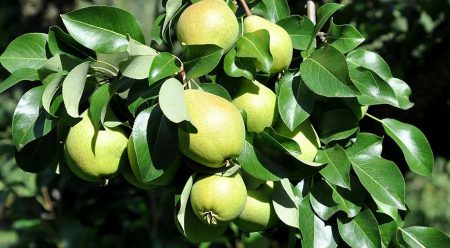
To ensure that the fruit harvest is always healthy and has a good presentation, you need to take care of the proper selection of pear varieties. The most resistant to diseases are the varieties:
- Wizard;
- In memory of Yakovlev;
- Academic;
- Bashkir major;
- Tikhonovka;
- Chizhovskaya.
Prevention
To avoid infection of the garden with infections, pathogens and pests, preventive measures should be taken annually:
- carry out sanitary trimming of the crown;
- constantly get rid of weeds growing close to the garden;
- for work in the garden use only disinfected tools;
- carry out preventive spraying of the garden from diseases and insect parasites;
- perform the necessary dressing of trees with minerals and trace elements.
Advice
Adhering to the recommendations of experienced gardeners, you can not only protect the garden from blackening and death of foliage, but also get a good harvest of pears.
- To prevent the development of an infectious or fungal disease, you should pick off the damaged fruits, as well as collect from the ground.
- When spraying pears from bacteriosis and scab, from other diseases, treatment is not necessary.
- Under the trees, you should regularly loosen the ground for good air exchange of the root system, and whitewash tree trunks in late autumn with quicklime.
Pathogens, infections and pests are unpleasant neighbors of pear trees. However, in time taken preventive measures, prolong the fruiting and life of fruit seedlings.

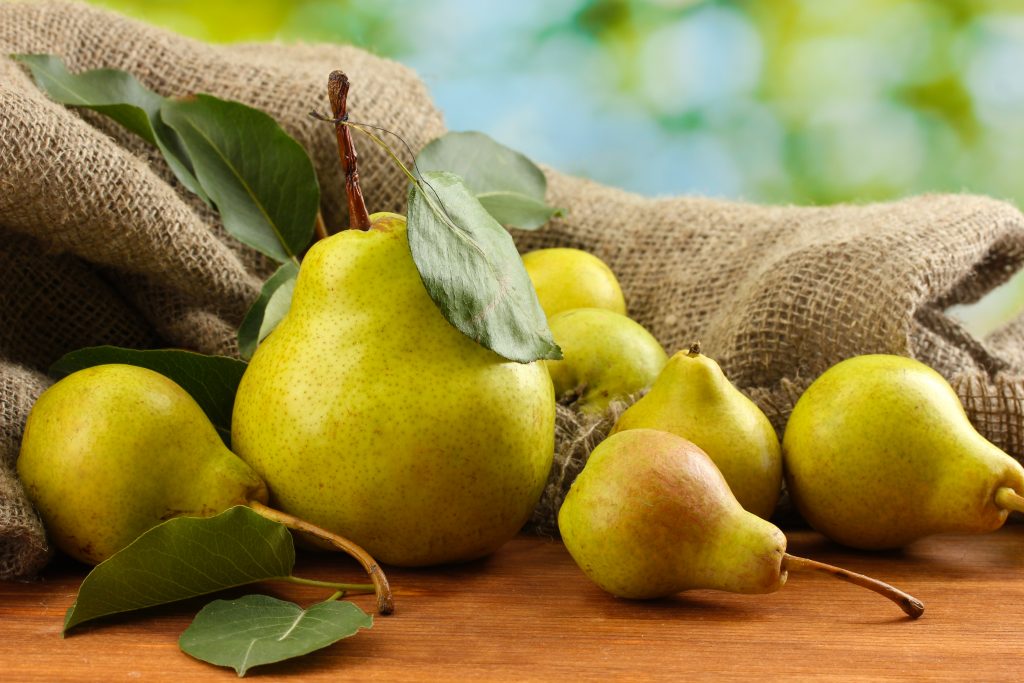
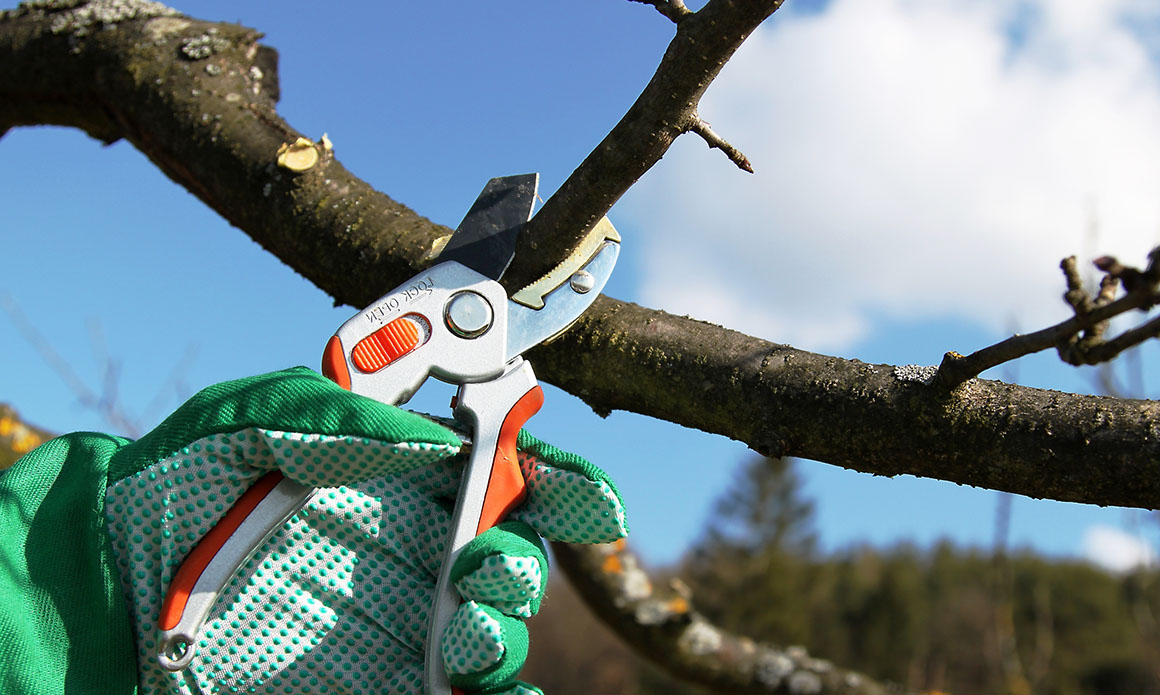
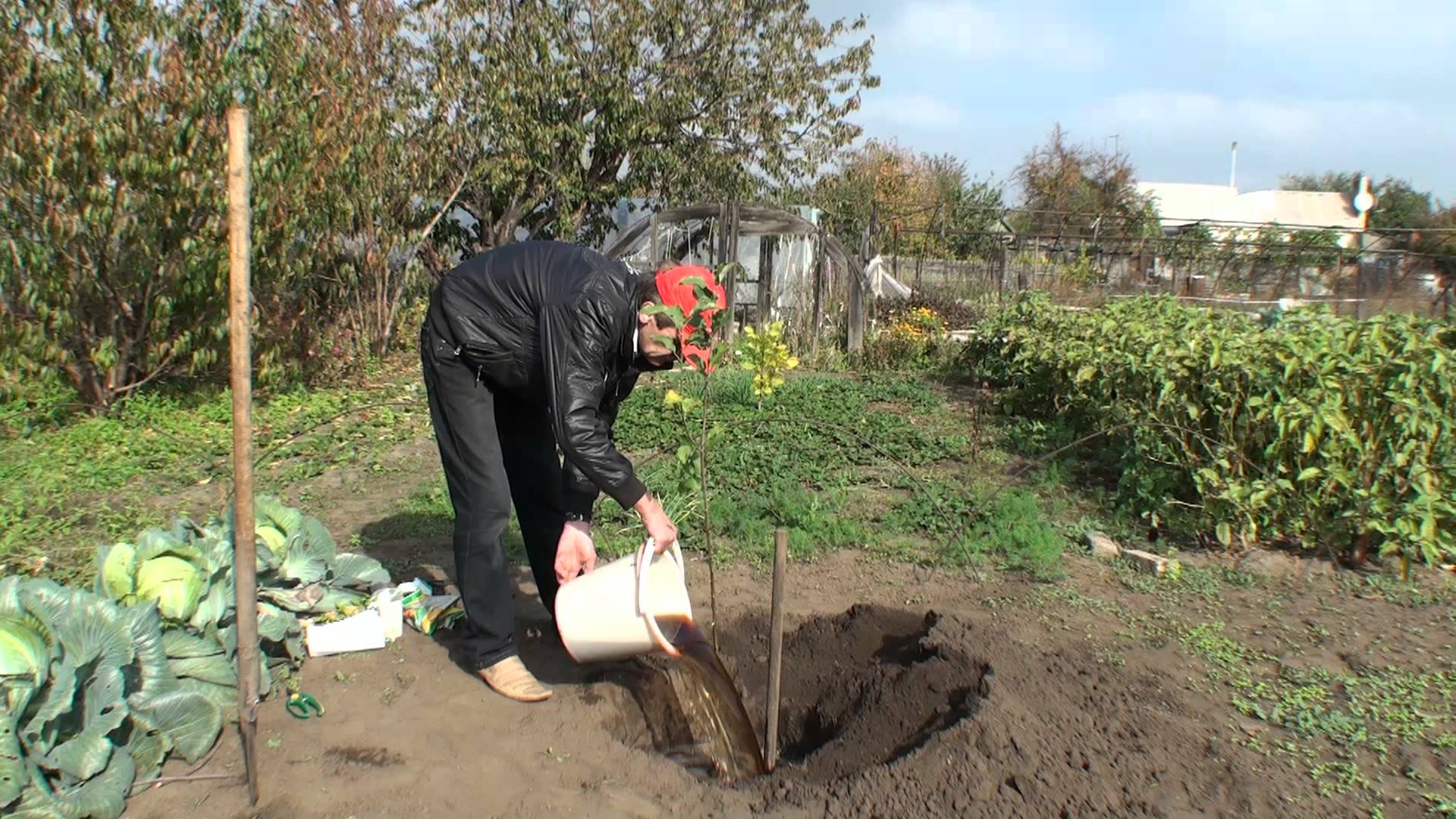
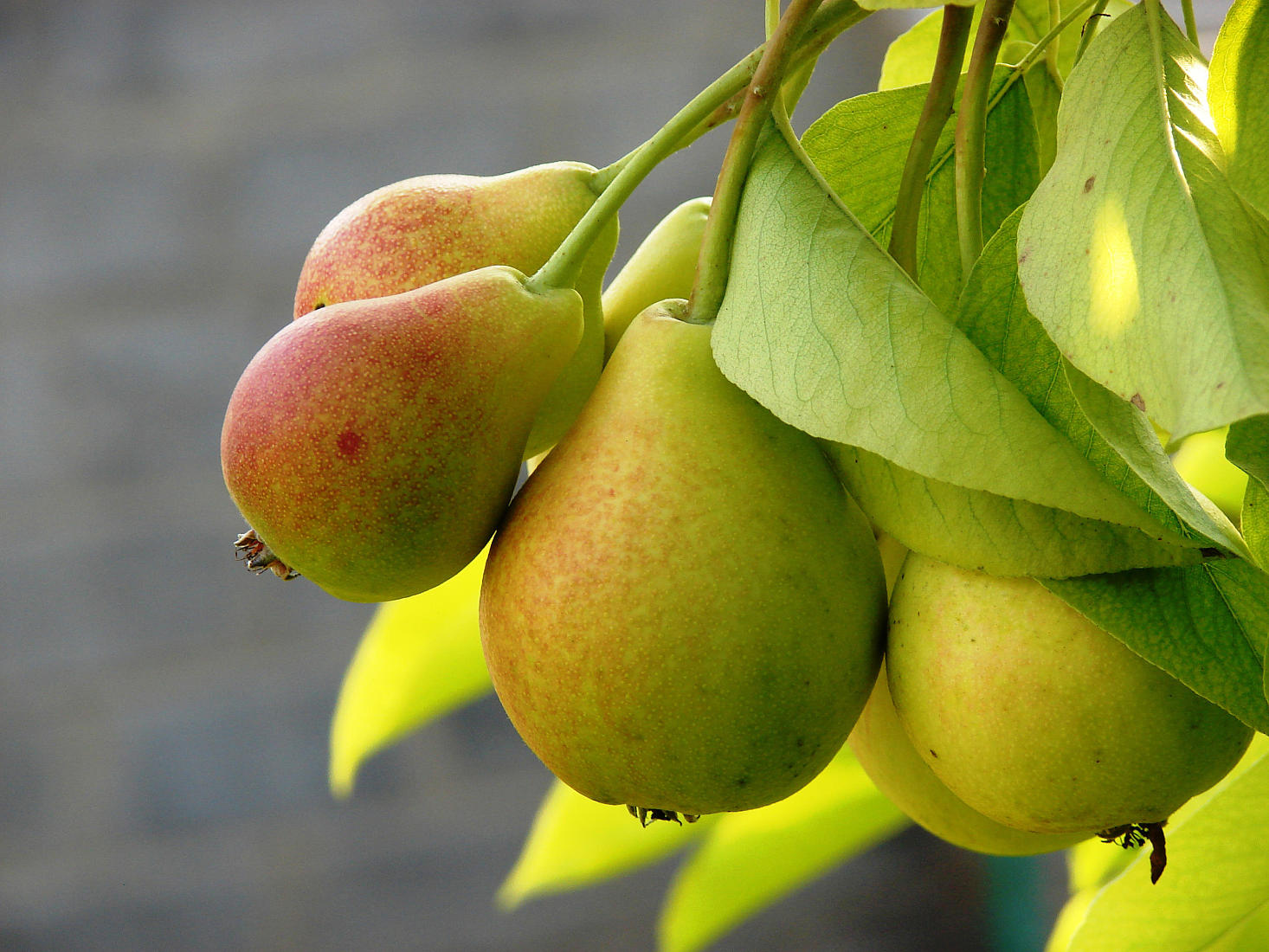 Pear "Noyabrskaya" winter: variety description
Pear "Noyabrskaya" winter: variety description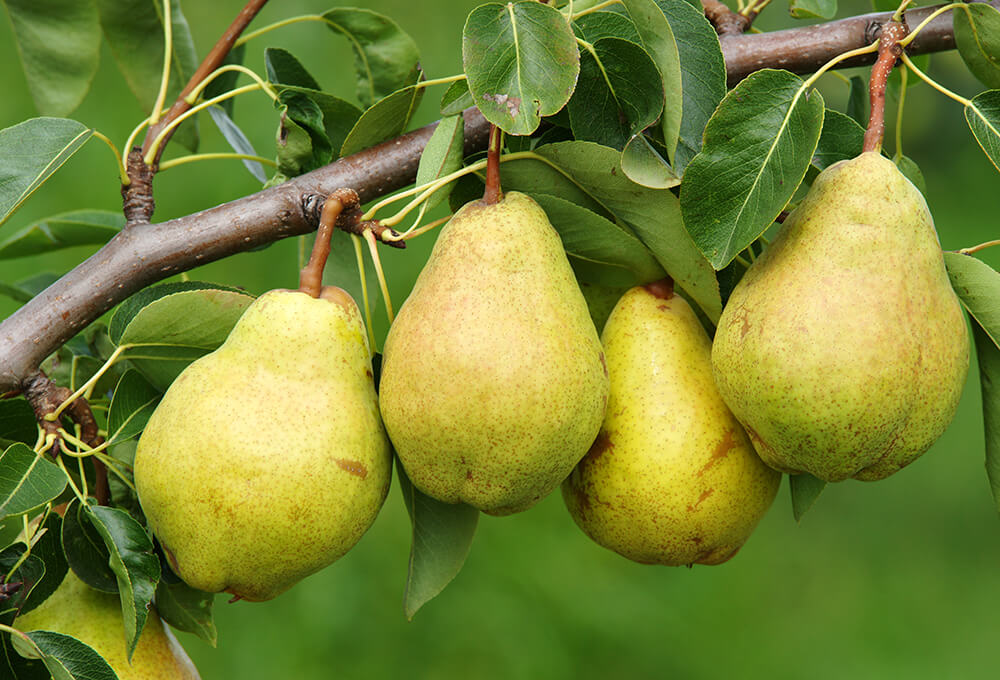 Now we know the reasons and what to do if the pear drops its fruit ovary
Now we know the reasons and what to do if the pear drops its fruit ovary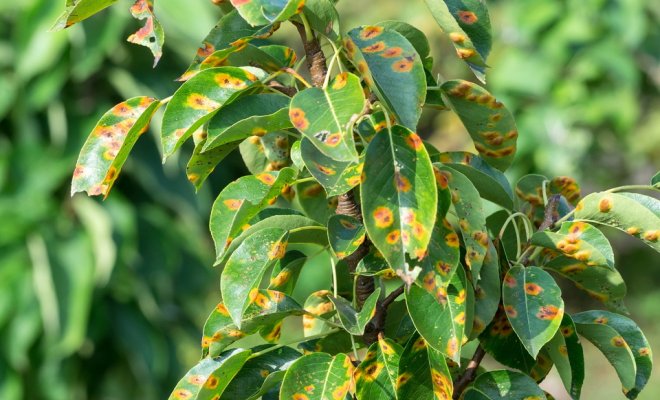 Are orange spots on pear leaves a disease? How to treat?
Are orange spots on pear leaves a disease? How to treat?
Vladimir
I want to share my experience, there is some benefit in it. I tried a lot to spray with antibiotics, but I did not notice the effect, I did the following, took two tablets at first of a weak antibiotic, dissolved in 1.5 liter bottles. And this is the main thing is water or rain, distilled, snow, but not tap, crush the tablets, dissolve well, 2 hours, then in the wind. I bought a 150cc veterinary syringe in a pharmacy, I bought a system in a human pharmacy, I drilled a hole in the trunk with a 4mm 3-5mm drill, inserted the system, inserted the syringe and connected to the system and wait for it to go away, then I close the hole with var. I wish you good luck
Lyudmila Yurievna
Thanks so much for the tip. Honestly, we have such a wonderful pear: both large, beautiful, and tasty, and lying! But we can’t cope with this “sore”. Uprooting and burning (as advised) is very a pity. And this is effective advice. Thank you, good harvests.
MARTHA
Duzhe dіlovі please, dyakumo, smut right them skoris